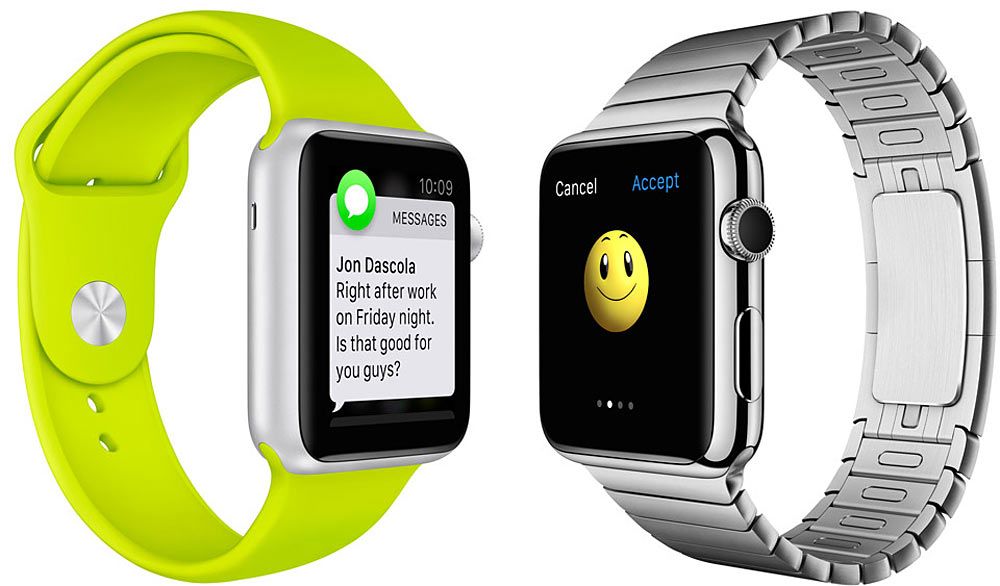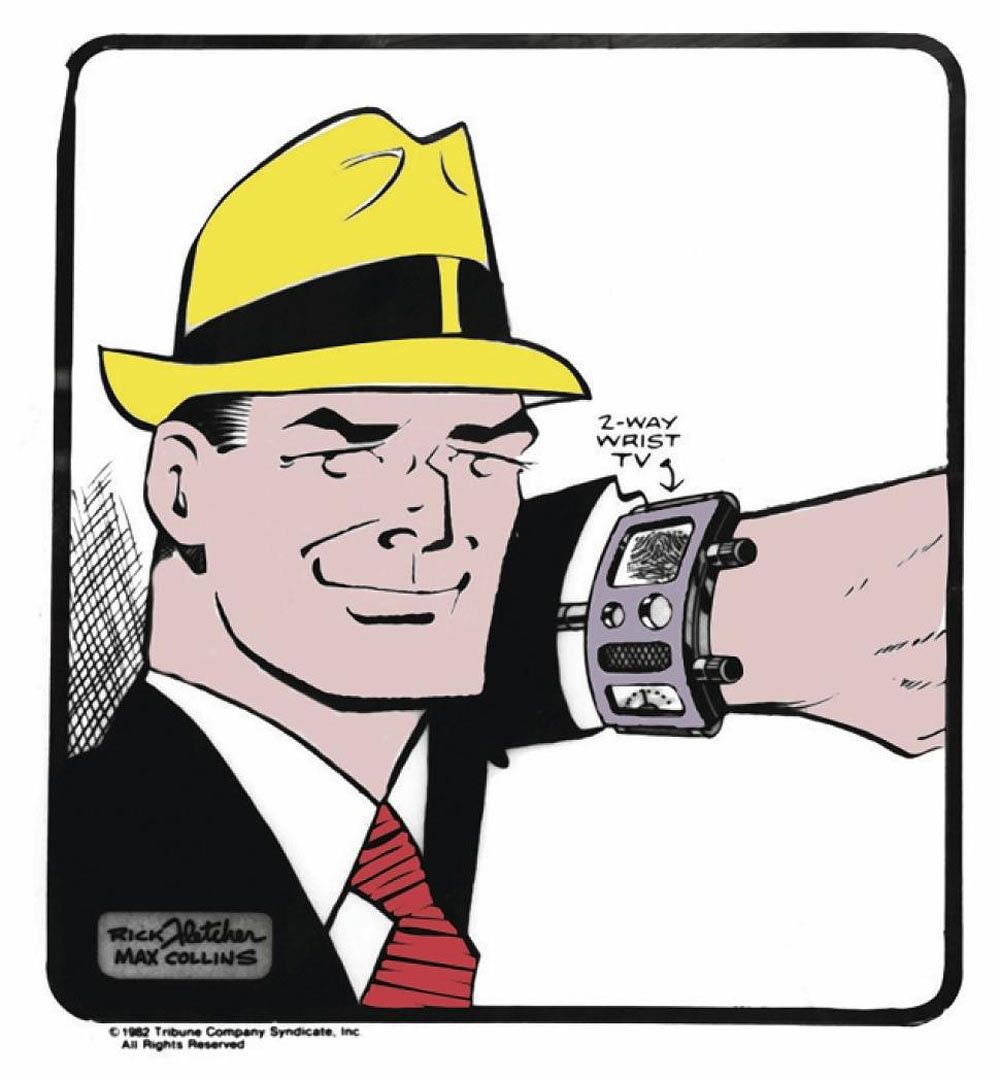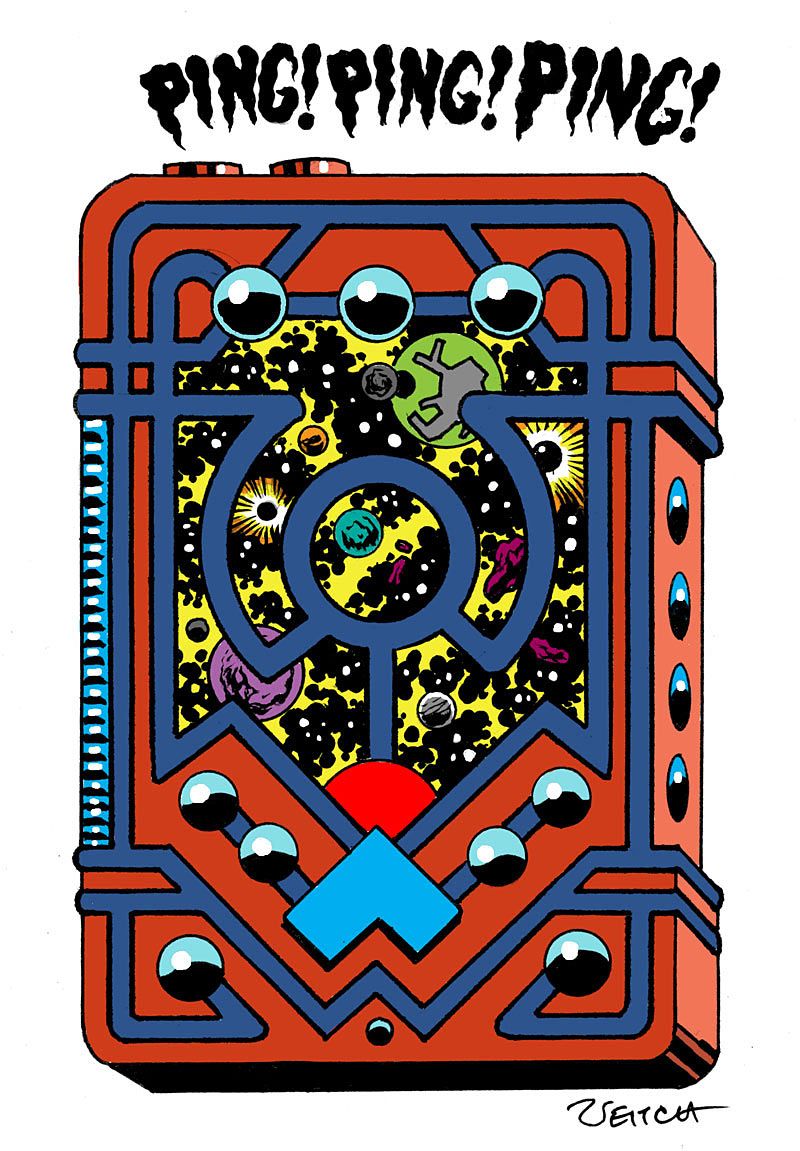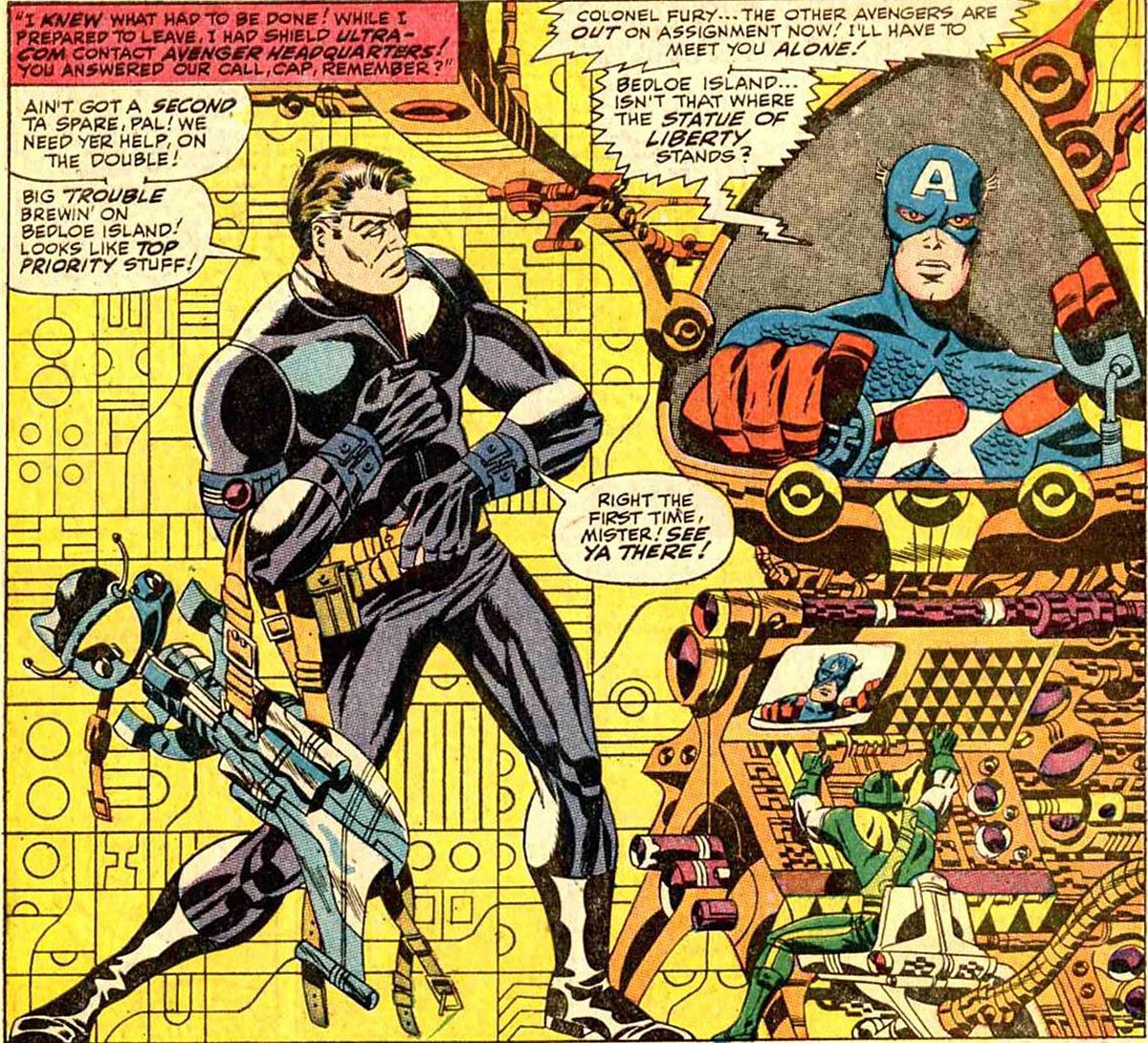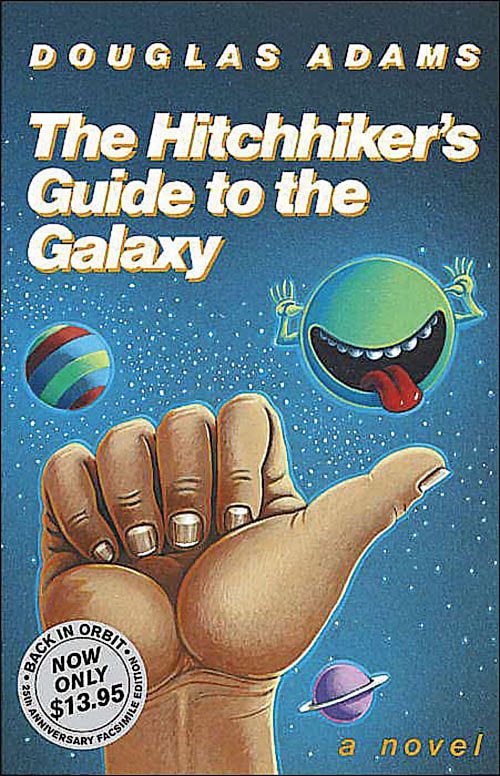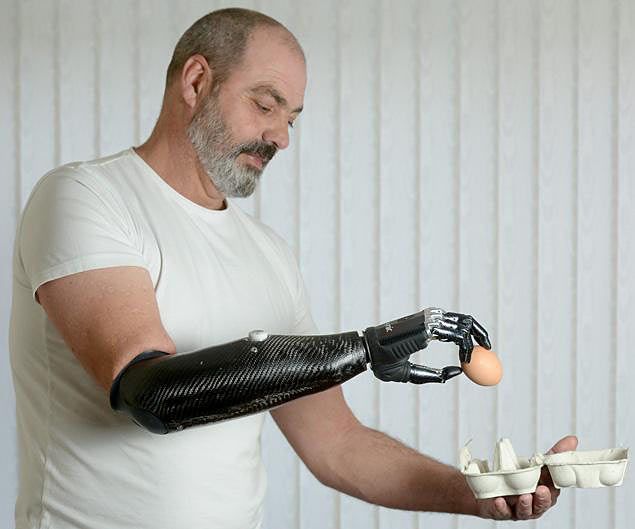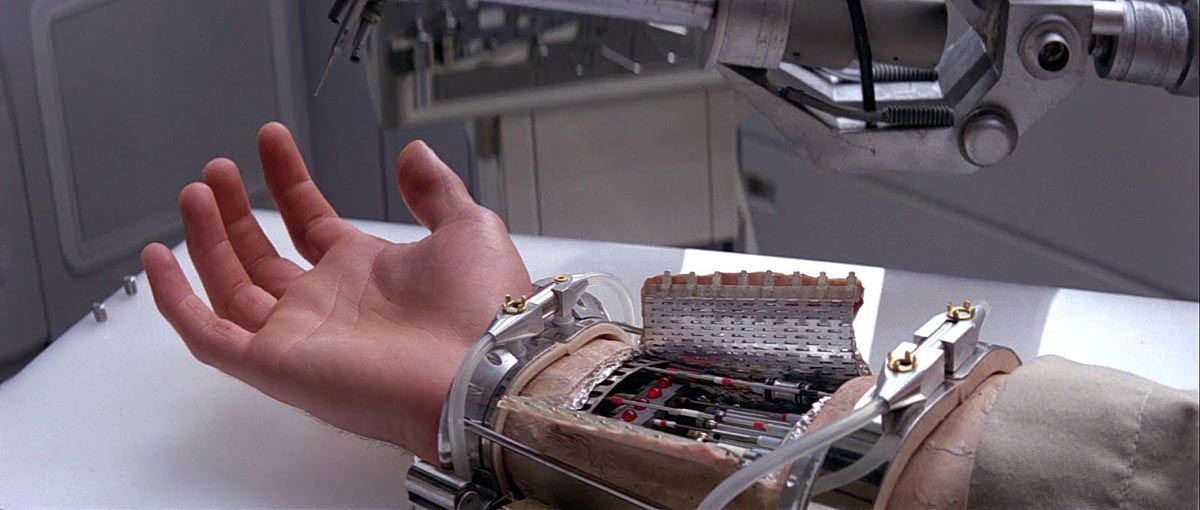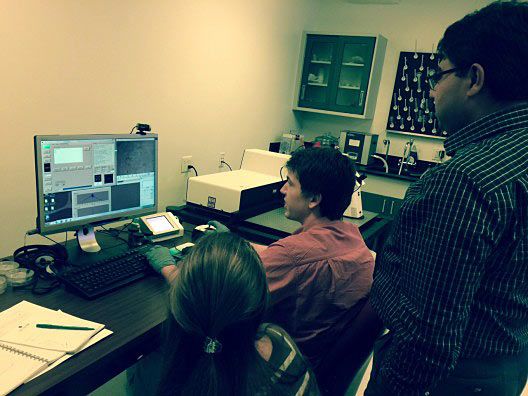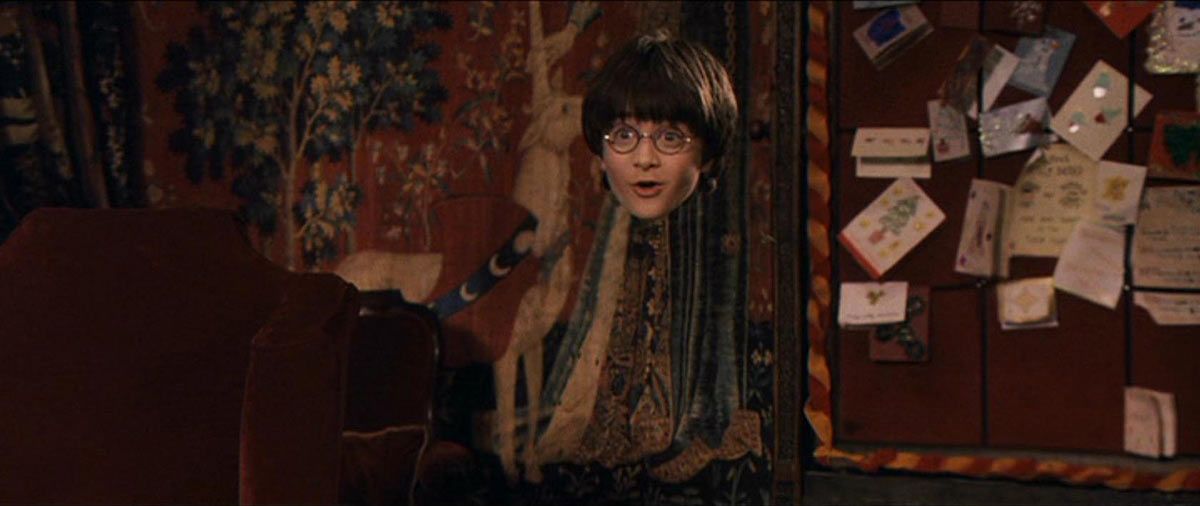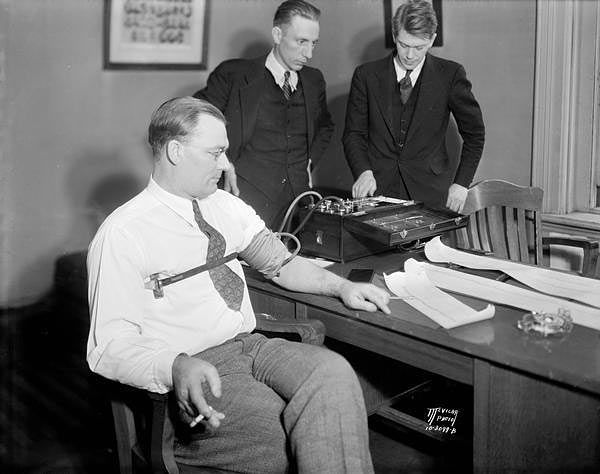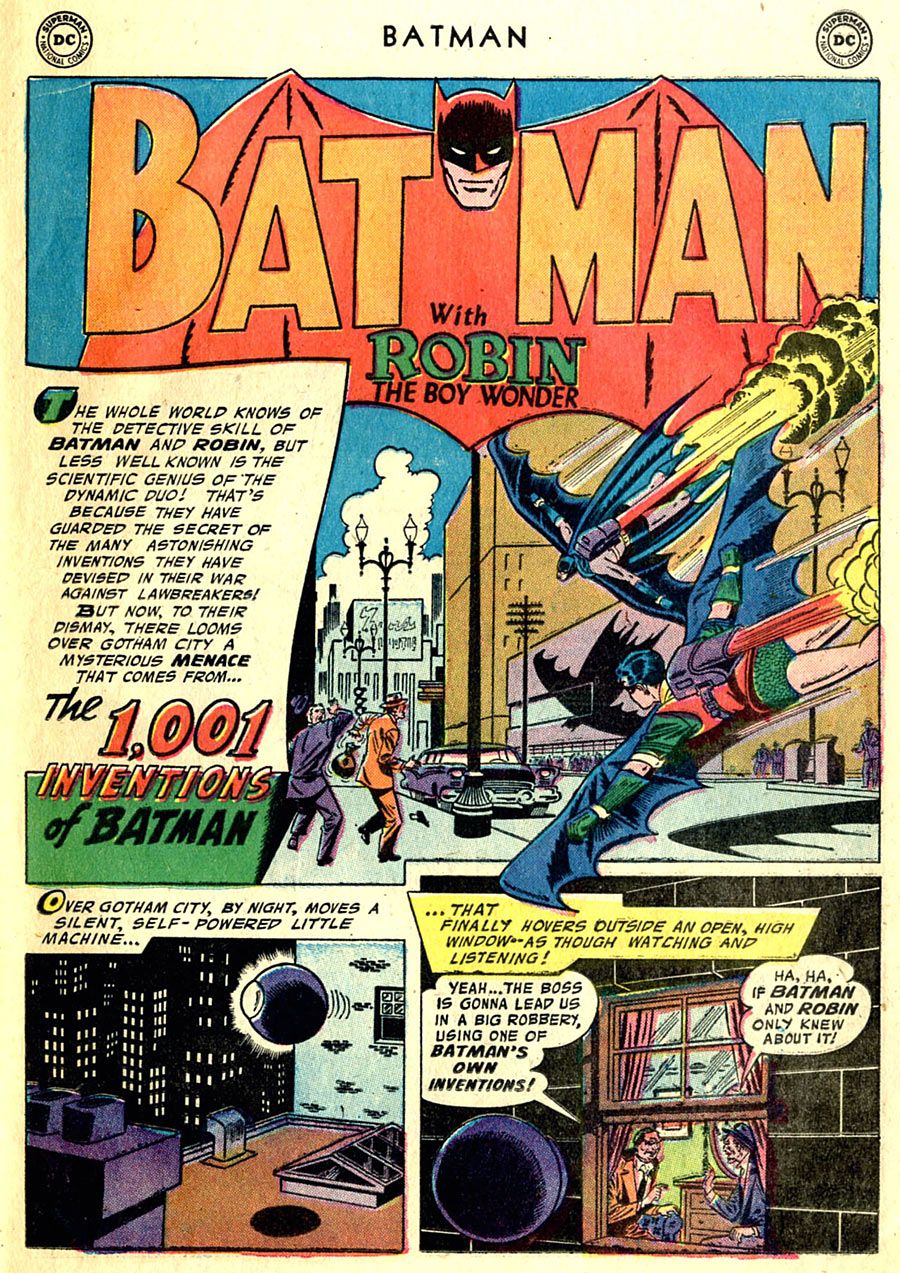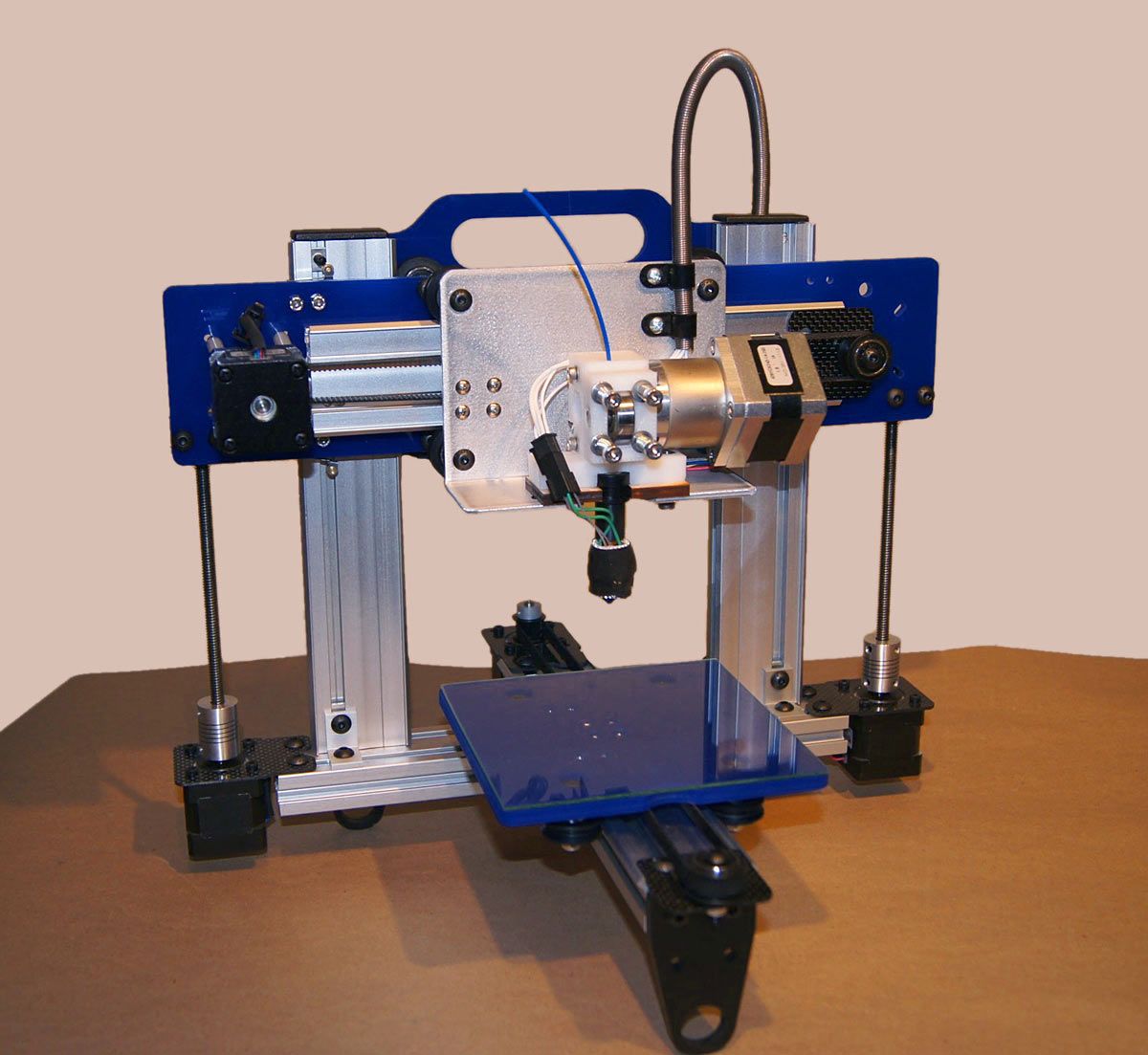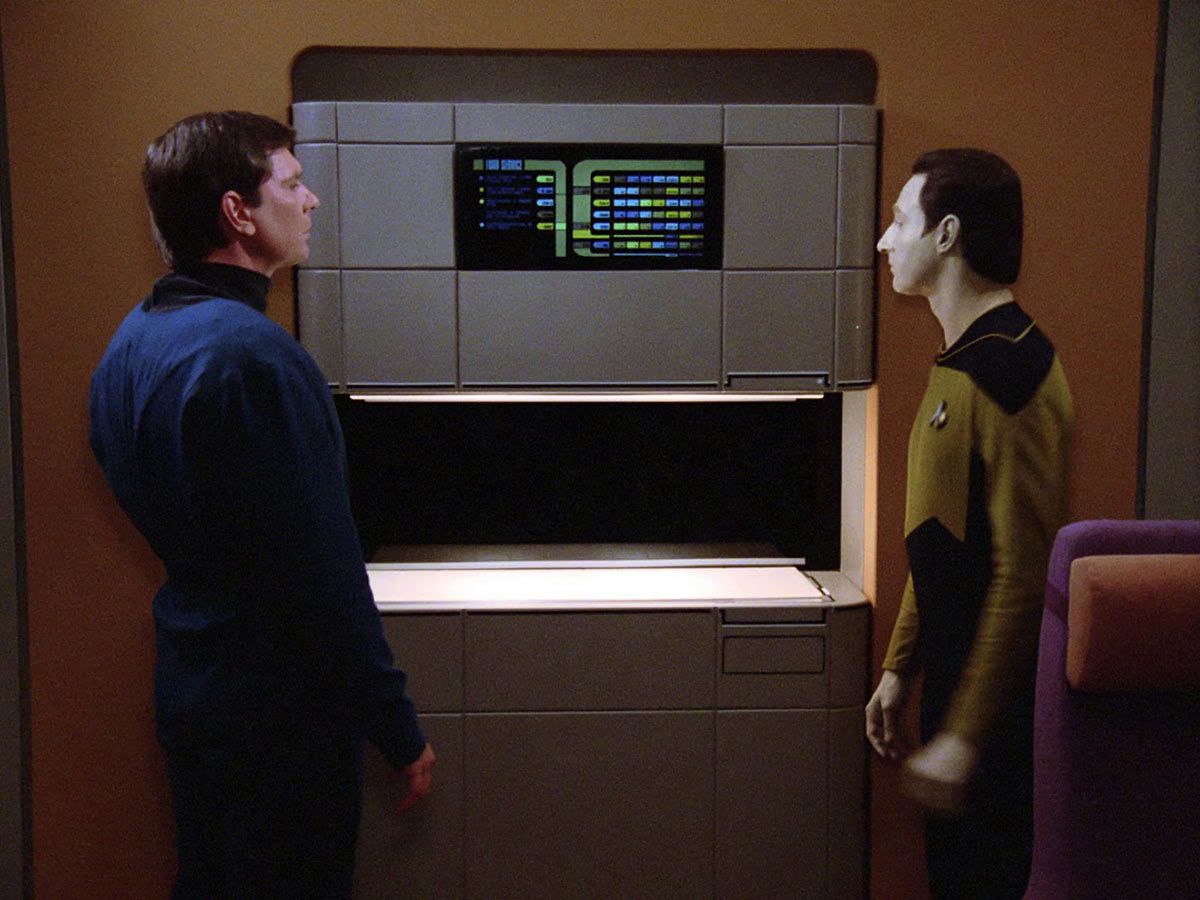Marc Buxton, Brian Cronin, Jonah Weiland, Albert Ching and Stephen Gerding contributed to this article.
They say truth is stranger than fiction, but perhaps that old saying should be changed to "fiction inspires truth."
Science fiction and other forms of genre storytelling have always included tales of humanity's capacity to create a better tomorrow, and thanks to the ingenuity of scientists and inventors, some of those tomorrows have been made reality. For example, years before the submarine was created, Jules Verne postulated a submersible in "20,000 League Under the Sea," while Arthur C. Clarke foretold the communications satellite years before mankind put anything into orbit.
And the tradition of genre authors predicting tomorrow continues today. Modern sci-fi writer Gene Wolfe predicted the phenomenon of computer dating driven by A.I. used by sites like Match.com in his short story "Of Relays and Roses," while Neil Stephenson crafted clairvoyant versions of social media, MMOs and the place of internet in modern culture in 1992's "Snow Crash" -- among there countless other bits of modern-day technology that were originally envisioned by the futurists of yesterday.
With technology growing at a faster rate than at any other time in human history, more and more tech is being be created that first appeared in the speculative fiction of long ago -- with this past Tuesday's Apple event providing just the latest example. It's stunning to see how the everyday devices we all use today and take for granted were the mind-blowing concepts in the comics and science fiction of yesteryear. Here are a few of our favorite pieces of technology that have become glorious reality.
Wearable Watches/Tech Are (Almost) Dick Tracy's 2-Way Wrist Radio
Earlier this week, Apple debuted its long-rumored Apple Watch, the company's first foray into the world of "wearable tech." Although it's not the first smartwatch to hit the market, if history is any indication, it will likely be the most successful product in the nascent category.
Of course, for those familiar with Chester Gould's "Dick Tracy," the Apple Watch is merely the latest piece of tech to make its way from the comic page to the real world. Gould's yellow trench coat-wearing detective had one of these for years. For decades, a favorite of speculative sci-fi writers has been the watch communication device, a simple watch that can be used as a phone or a television, with Tracy's timepiece inarguably the most famous. Tracy's "2-Way Wrist Radio" first appeared in 1946, and the time piece has been an iconic part of Tracy's mythos ever since, seeing many evolutions over the years. In the more space age-oriented Tracy strips of the '60s and '70s, the radio become a two-way television allowing Tracy to see the face of those he communicated with -- perhaps a future Apple Watch will incorporate a version of FaceTime to achieve a similar effect?
Whatever iteration Tracy's watch went through, it always seemed like a fantastical piece of impossible machinery. With the introduction of the Apple Watch, it now stands a chance at becoming as ubiquitous as the next item on our list.
In fact, the connection between wearable tech and genre fiction devices is so clear, that in 2013 Samsung used imagery of Dick Tracy -- plus "The Jetsons," "Power Rangers" and much more -- in a commercial for its smartwatch, the Galaxy Gear.
iPhone/Android Smartphones = Mother Box
When Jack Kirby introduced the New Gods of the Fourth World, Orion, Mister Miracle, Highfather and Big Barda all sported a Mother Box, a "do anything" piece of technology. Kirby's characters described their Mother Boxes as portable super-computers, a concept that seemed as fantastical as any of the other concepts Kirby introduced during his legendary career.
Well, not only does a portable super-computer not seem so fantastic now, most of the people reading this list have a Mother Box-like device in their pocket in the form of their phone. Aside from opening dimensional Boom Tubes, smartphones can do pretty much anything Kirby had a Mother Box do. The endless amount of apps available to an iPhone or Android user allows their "Mother Box" to evolve and change to any situation just like the New Gods' devices. OK -- an iPhone can't sense danger, sense life, create force fields, change the molecular structure of matter, project powerful shock blast, control the mental state of a host, communicate telepathically with a host or other life form or teleport, but they can certainly accomplish a near-endless amount of tasks. They also serve as a portal to endless amounts of digital information -- Kirby called it The Source, we call it the Internet, but it all amounts to an unimaginable amount of information available virtually anywhere, any time.
2-Way Video Chats
In "Strange Tales" #136, one of Nick Fury's S.H.I.E.L.D. agents calls him from their mission. They show up on a video screen where they two talk to each essentially face-to-face. This was not the only comic to feature such video screens, of course, as it was prevalent in a number of superhero comics of the era. Still, it's a perfect example of what once was seen as a flight of fancy now an everyday part of people's lives through the use of programs like Skype, as people commonly talk to each other "face-to-face" over their computers.
Wikipedia is The Hitchhiker's Guide to the Galaxy
In Douglas Adams' classic "Hitchhiker's Guide to the Galaxy," travelers of the byways of the cosmos can use the Hitchhiker's Guide to access all the information one needs regarding life, the universe and everything. It is the combined knowledge of every sentient being, stored in one convenient tablet. A fantastic plot device that drove Adams' story forward, the Guide was a flight of fancy gizmo that couldn't possibly exist.
Until it did.
Any iPad or smartphone with access to Wikipedia is pretty much the Hitchhiker's Guide come to life, and since we're the only sentient race we know of, the knowledge and facts contained within Wikipedia is the complete knowledge of every sentient being in the known universe. Need to know about a certain travel destination? Hit Wikipedia. Need to know the chemical makeup of a sun or of a Jolly Rancher? Hit Wikipedia. Sports facts? Wikipedia. The latest news about your favorite comic books? Hit Comic Book Resources, and then hit Wikipedia for an in-depth history of the characters and creators involved.
Every question, every fact one can want is a quick Wikipedia search away. Is it all accurate? Of course not, but as more and more sentient organisms contribute to the galaxy of knowledge that is Wikipedia, the more accurate it becomes. When Adams created his Guide, it was viewed as part of an impossibly comedic novel. There was no way such a thing could exist, especially contained on such a small device. Yet, the Guide now exists and continues to grow -- and we can access it all on a device even smaller than the ones Adams dreamt up.
Prosthetic Robotic Limbs
Perhaps the holy grail of sci-fi concepts come to life, that we now have the ability to create robotic limbs that respond to human thought is mind-bogglingly cool. From Martin Caidin's "Cyborg" novel, which inspired the hit "Six Million Dollar Man" television series, to Luke Skywalker's cybernetic replacement after (spoilers!) his father cuts his hand off and countless more stories, the idea of being able to replace missing or damaged body parts with mechanical replacements is a genre trope that was pure fantasy mere decades ago. Now, cybernetics have become a standard, if still expensive, aspect of modern medicine. All of a sudden, characters like Cyborg, Misty Knight, The Winter Soldier and Cable don't seem so impossible.
And the fact that we're so far advanced that a three-year-old boy can actually get a hand in the same colors as Iron Man's armor thanks to 3D printing -- another sci-fi concept just recently become reality -- is just plain cool.
The Invisibility Cloak is Real!
So far, everything on our list has come from the realm of science fiction, albeit super science fiction in the case of the Kirby tech, but our next item came from the realm of pure fantasy. Or it did -- before scientists inched closer to making the impossible real.
Harry Potter's Invisibility Cloak was one of the young wizard's signature items. The cloak that could make Harry disappear was pivotal to many of his adventures, but to fans, it was an item of pure fantasy, a magical notion that could never be real.
Then scientists at the University of Central Florida -- not Hogwarts -- made it happen. News broke earlier this year that this Florida school -- and not Hogwarts -- scientists have created a cloak that bends and masks visible light using a fishnet-type of metamaterial. Using a high-tech printing method, the metamaterial is layered in such a way in a fishnet-like pattern, which allows the cloak to control visible-spectrum light, making the wearer, in effect, vanish. Be proud humanity, your scientists have reached into the world of wizards and made the magical real.
Wonder Woman's Lasso of Truth = The Lie Detector
In the 1920s, William Moulton Marston, better known as the man who would created Wonder Woman, developed a systolic blood pressure test, which went on to become a vital component of the modern polygraph invented by John Augustus Larson in Berkeley, California. Marston's wife, Elizabeth Holloway Marston, suggested to her husband that emotion and blood pressure were connected, and that people became flustered when they knew they were lying. Marston used his wife's notion to create a test that would lead to the discovery of the lie detector.
Marston's preoccupation with truth detection would become a huge part of his creation, Wonder Woman. Her Lasso of Truth sensed and compelled the truth the same way Marston's test did in the real world. This time, with Marston and Wonder Woman, the world of science influenced the construction of a classic comic character's wondrous equipment and not the other way around.
Flying Camera Drones Are Watching You...
In 1957's "Batman" #109, there was a story called "The 1,001 Inventions of Batman" which ran down the various inventions the Caped Crusaders had come up with over the years. The conceit of the story is that a villain has duplicated one of the devices, so Batman and Robin have to go through them all to see which one. The invention the villain ends up duplicating is the "Flying Eye," an airborne, mobile drone that relays images of whatever it "sees" back to Batman.
In 1957, that was quite futuristic. Now, it's almost mind-boggling how much further we've gone with this concept, with drones becoming more accurate, smaller and inexpensive enough for just about anyone to afford to own one. The government has developed a spyplane that is roughly the size of and the same appearance of a hummingbird! It was developed by Defense Advanced Research Projects Agency (DARPA), and it was built by AeroVironment with funding from DARPA. It can fly for about eight minutes. Simply amazing.
"Star Trek" Replicators = 3D Printing
"Tea, Earl Grey, hot." That was Captain Jean-Luc Picard's usual order via his replicator, a device used in the "Star Trek" franchise to create food and drinks -- and more -- via voice command. Early versions of the technology appeared in the original '60s "Star Trek" TV series, but the name "replicator" didn't surface until "Star Trek: The Next Generation."
The replicator itself is definitely the stuff of the far-future: A matter-rearranger that can create a variety of foodstuffs instantly. Certainly nothing like that would come about in our lifetime, right?
... oh.
While there is still a long way to go before 3D printing technology is as efficient and as precise as a "Star Trek" replicator, the basic concept is the same -- something (food, and a whole lot more) created on demand by a machine.
It seems science and the world of speculative fiction will always be linked with fiction inspiring science to make the impossible real. Let's just hope that some brilliant scientist somewhere isn't inspired by the Ultimate Nullifier.
This is, of course, far from an exhaustive list of fiction-to-real world technologies -- feel free to less us know in the CBR Community what we forgot, and we'll add the best suggestions to the article.


